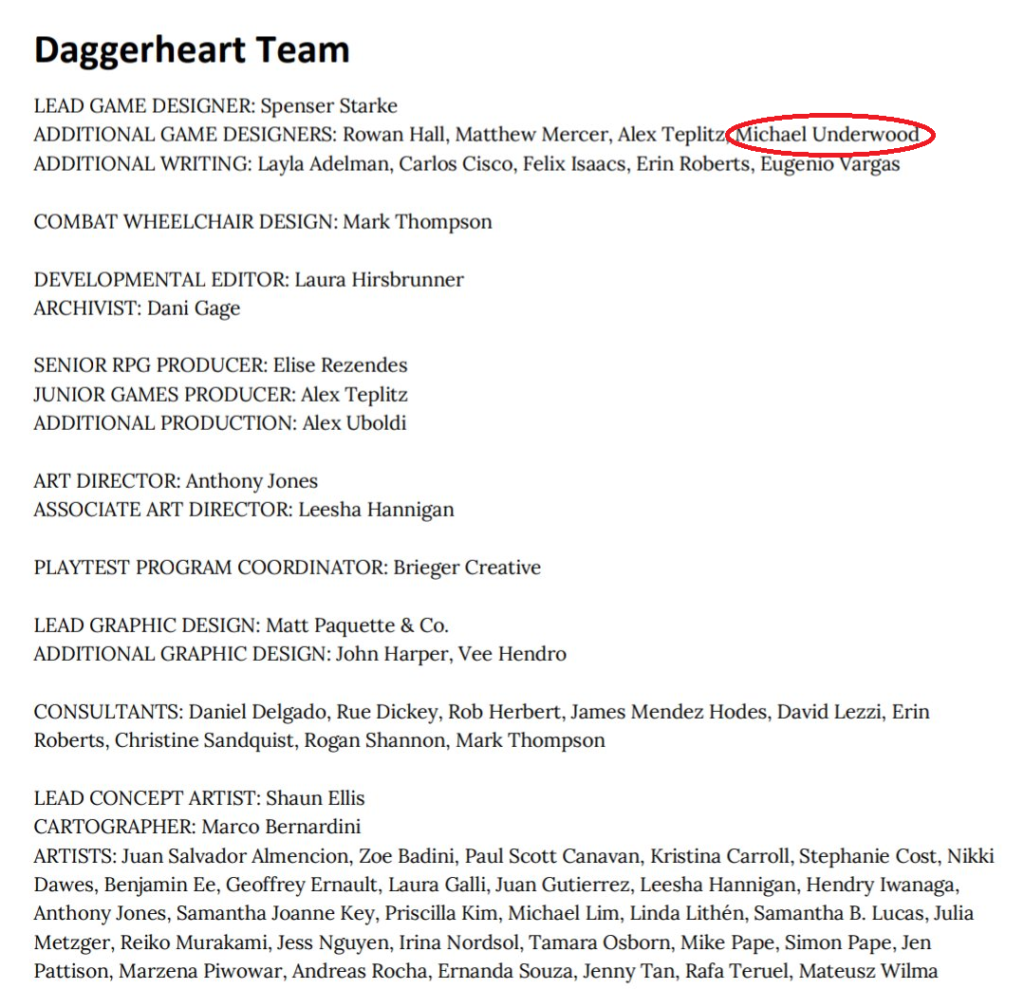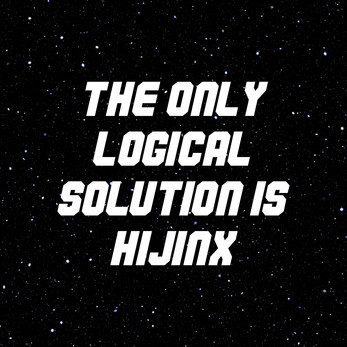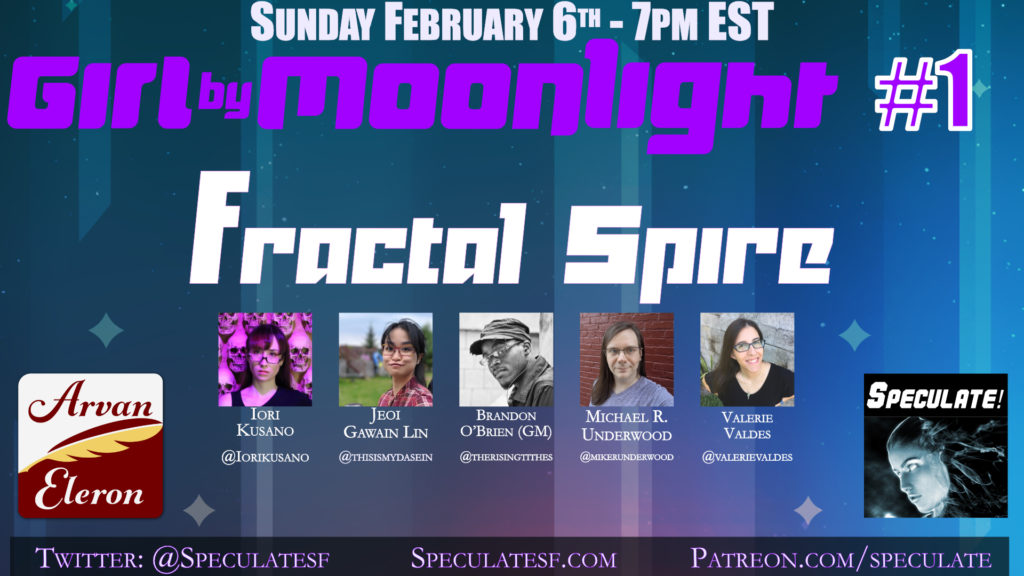I’ve found my way onto Google Wave and am very excited about its potential as a communication/collaboration tool, especially for geeky things. And by this I’m mostly talking about Role-Playing Games.
Not much of this blog’s content ends up being about RPGs, despite the fact that my M.A. thesis was on tabletop RPGs and I’ve been playing/following RPGs since I was in fourth grade.
Like any new communication technology, one of the first things that people have done with Google Wave, aside from making porn (I can only guess, based upon the general adage) is to see if you can use to it game. Because when your early adopter set is pretty much geeks, one of the things they’re likely to do when exploring a new technology is get it to roll dice so we can play exciting games of make-believe with our friends. It’s what we do.
There have been a number of different exploratory attempts along these lines, and I’ll try to create a short round-up here before moving into actual discussion/analysis:
Futurismic
Ars Technica
Game Playwright
The emerging thought is that while Google Wave is in its infancy, its official utility/intended utility is very much up in the air. The Futurismic post’s title is a paraphrase of Neuromancer, stating “the geek finds its own uses for things.” Much like how Wired commented on how Twitter’s ‘real use’ was decided by its users, Google Wave is being investigated for its various potentials, and Geek communities are pursuing explorations and trails of the technology as a strong next step/sideways development for roleplaying games as collaborative storytelling.
The idea put forward by the Game Playwrights is one of the most interesting, and the one I’ll ruminate upon further. Using a Google Wave as a persistent artifact of play changes the textual status that of RPGs. A tabletop RPG doesn’t leave an artifact of play, nor does a LARP. Each of those could be recorded, by video or audio, but would not represent a polished or total account of the story, instead showing a very fractured account. But if Google Wave games (or Waveltop, as some are calling them) move towards the ‘script of play’ model that Will Hindmarch of Game Playwrights is suggesting, we may see a move towards RPGs leaving behind readable texts, and this is for me, a very interesting move.
There is certainly already discussion of games past in the RPG community. From ‘let me tell you about my character’ to game stories like The Gazebo or group-specific stories about how one player is deep in character, using a special voice and cadence, embodying his motions, and saying with a sweeping motion, “Allow me to introduce my cousin”, gesturing to the player of the ‘cousin’ who is in fact…asleep on the couch. But even the actual play reports lauded in the Forge community among others are less direct than the ‘Wave as script of play’ idea.
If Wave players are using this script of play as their primary narrative reference but are also constructing it in a way that reads like a story/script, this, for me, would make it infinitely easier for players to read about and engage with one another’s stories in a way more consistent with films, television, novels, etc.
Different versions of one module could be combined and sold alongside a module (Buy Keep on the Borderlands, complete with game scripts by the Penny Arcade/PvP teams as well as three other star teams), and moreover, there would be room for groups to emerge as stars/paragons of RPG writing/play moreso than already exists (the stars such as they are tend to be specific game designers, known as designers more than being known as players) We may even see a re-figuration of the RPG novel. Could it be that once developed, people would pay to read the polished game texts of well-reputed RPG groups published as e-books/pdfs? It’s a very different way of monetizing the efforts of role-players, like but rather unlike the efforts of the gaming group who decided their superhero game was taking too much time away from writing and decided to do the Wild Cards anthology novels.
And of course, this need not be monetized, nor is it inevitably going to become monetized. However, in these early explorations, it’s not hard to see the varied ways that this technology could serve as a breakthrough tool for roleplayers to engage with one another. It is of course notable that the role-playing done via Google Wave is a notable offshoot of tabletop play, since it will not convey any degree of embodied performance, instead relying on writing as performance, At least until someone pushes the technology even further and weaves together audio play to cohesive uninterrupted narratives. (There are a number of podcasts/records of play that take the raw audio of a RPG session and distribute it, but again as said before and restated, the main appeal of Google Wave is the ease with which it allows a seamless narrative text which is both a part of play and a readable artifact that results from play.
I’m hoping to take part in some of this exploration myself, and will comment on that as I can.



